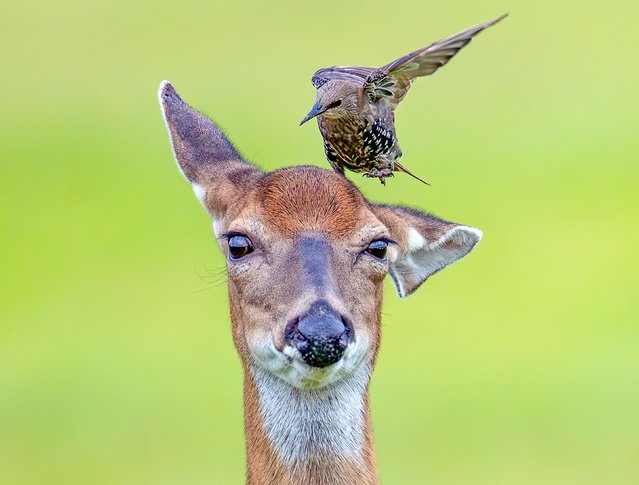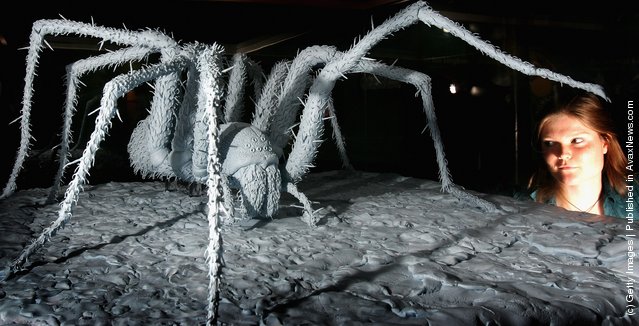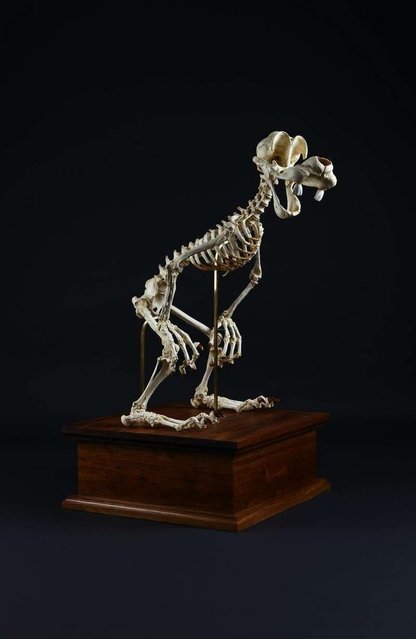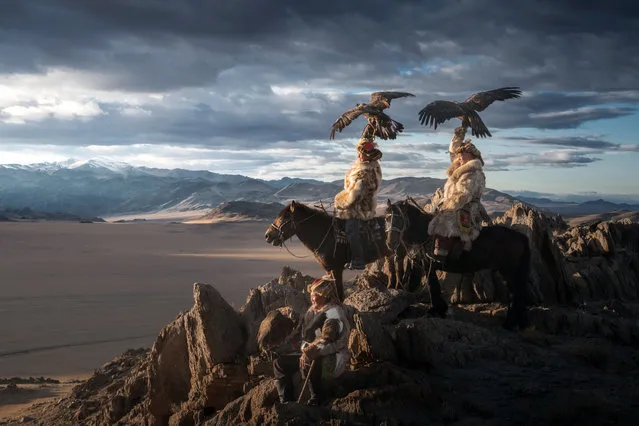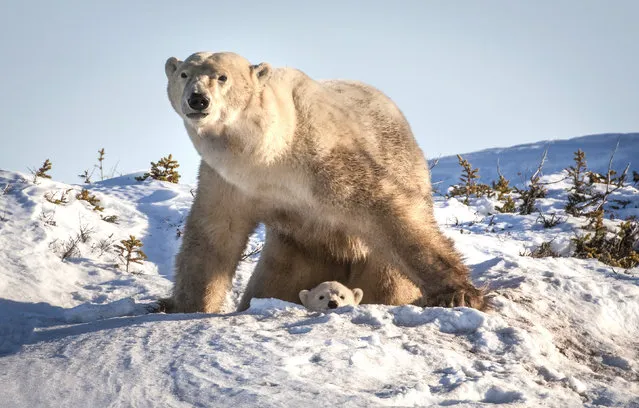
A fisherman with a close bond to cormorants uses the flock of birds to catch big fish in Li river in Guilin, China. The aquatic birds can be seen perching on a bamboo raft before swooping into the calm water to grasp hold of prey. (Photo by Julia Wimmerlin/Solnet News & Photo Agency)
19 Dec 2019 00:05:00,post received
0 comments

